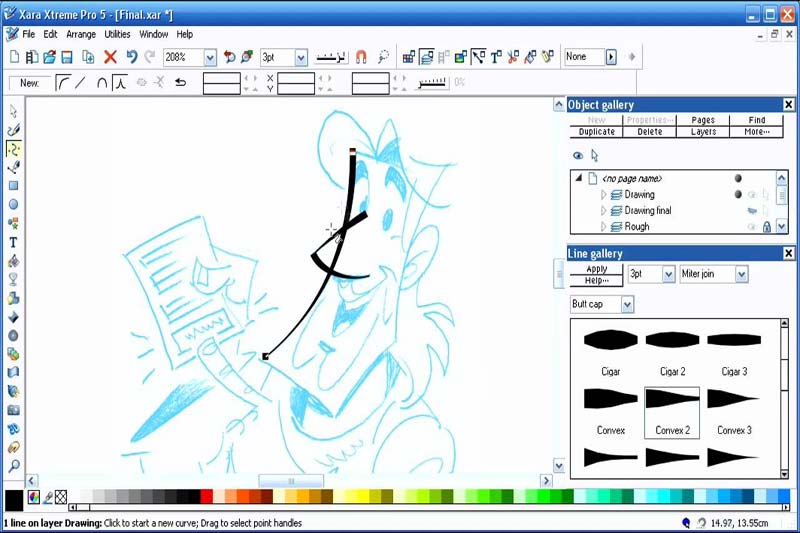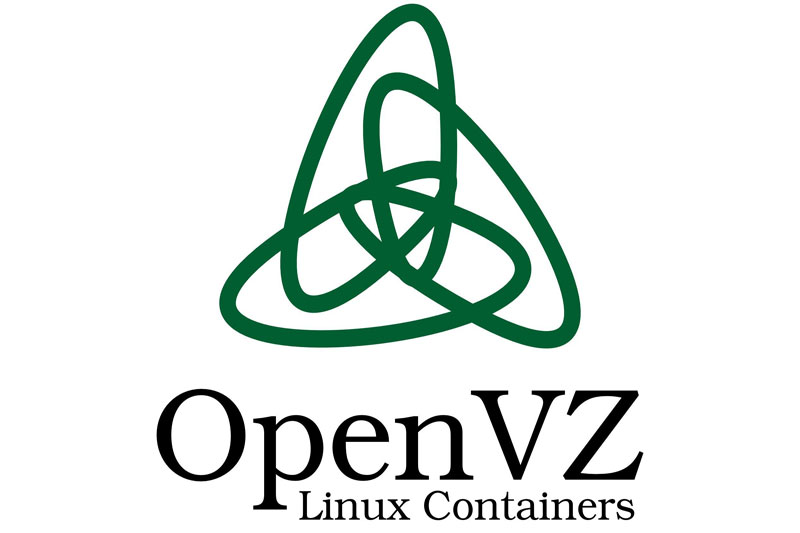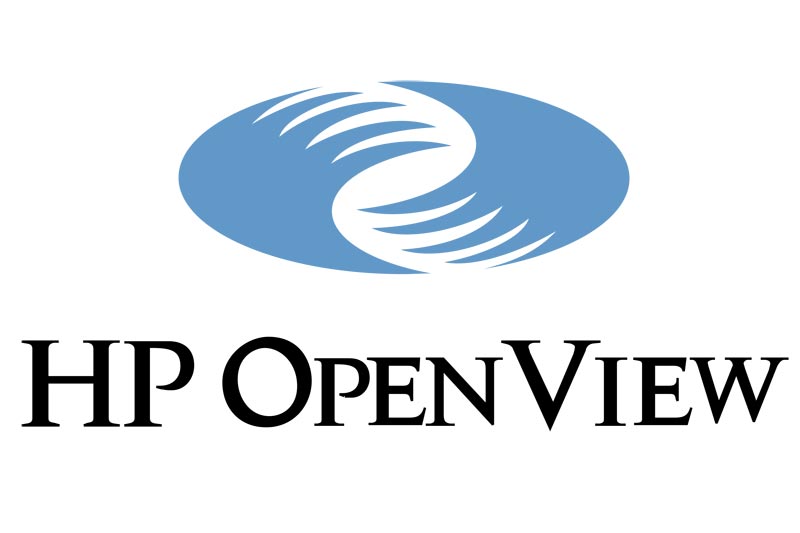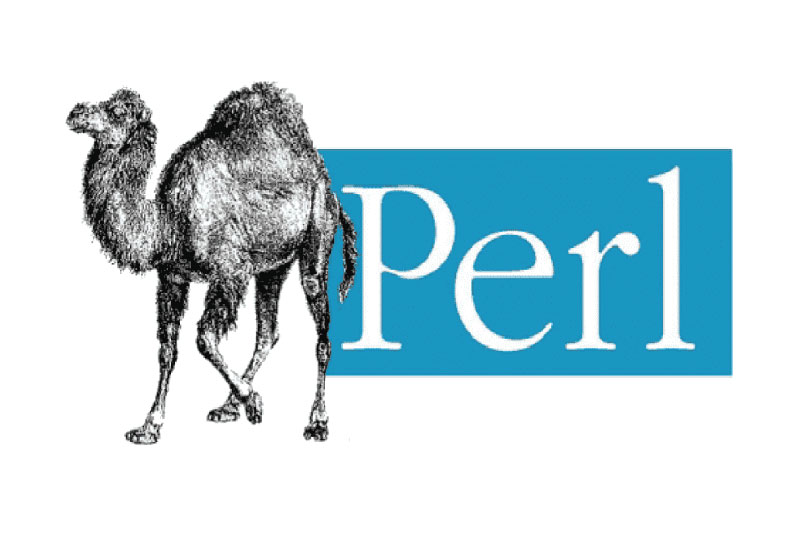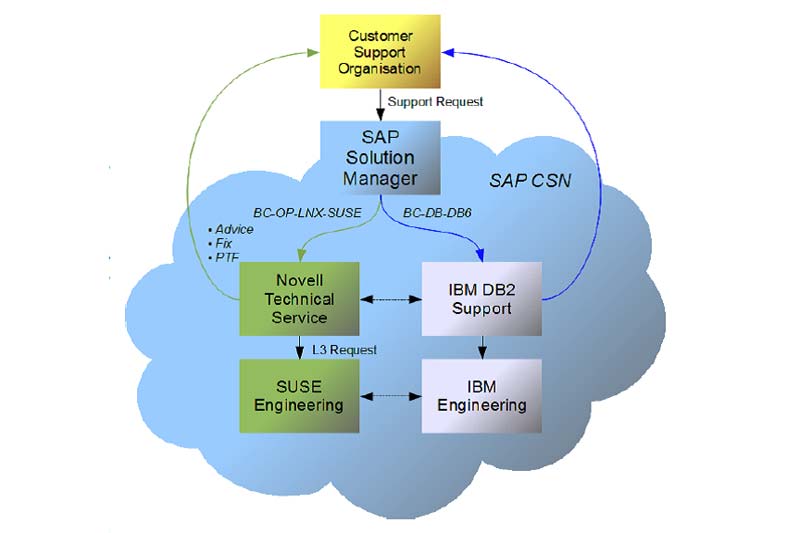The Open Source desktop app sector is gaining another player, as the Xara Project speeds towards a 1.0 release. The Xara Xtreme project is focused on building an Open Source version of a commercial-standard vector graphics. The team just released its Xara LX 0.5 for Linux, and is available under the GNU Public License.
“Linux needs a top-tier commercial-standard graphics program,” the team wrote in the release announcement. “The Linux desktop has come on leaps and bounds in the last year or so, but it still lacks any vector or general purpose graphics program to genuinely compete with Windows and Mac commercial products. And although desktop Linux is evolving at a rapid rate, the platform is behind in the graphics market. We intend to change that,” the team added.
So what can Xara 0.5 do now? The list of functionality is pretty impressive:
Continue reading “Open Source Graphics Take on Adobe, Microsoft”

